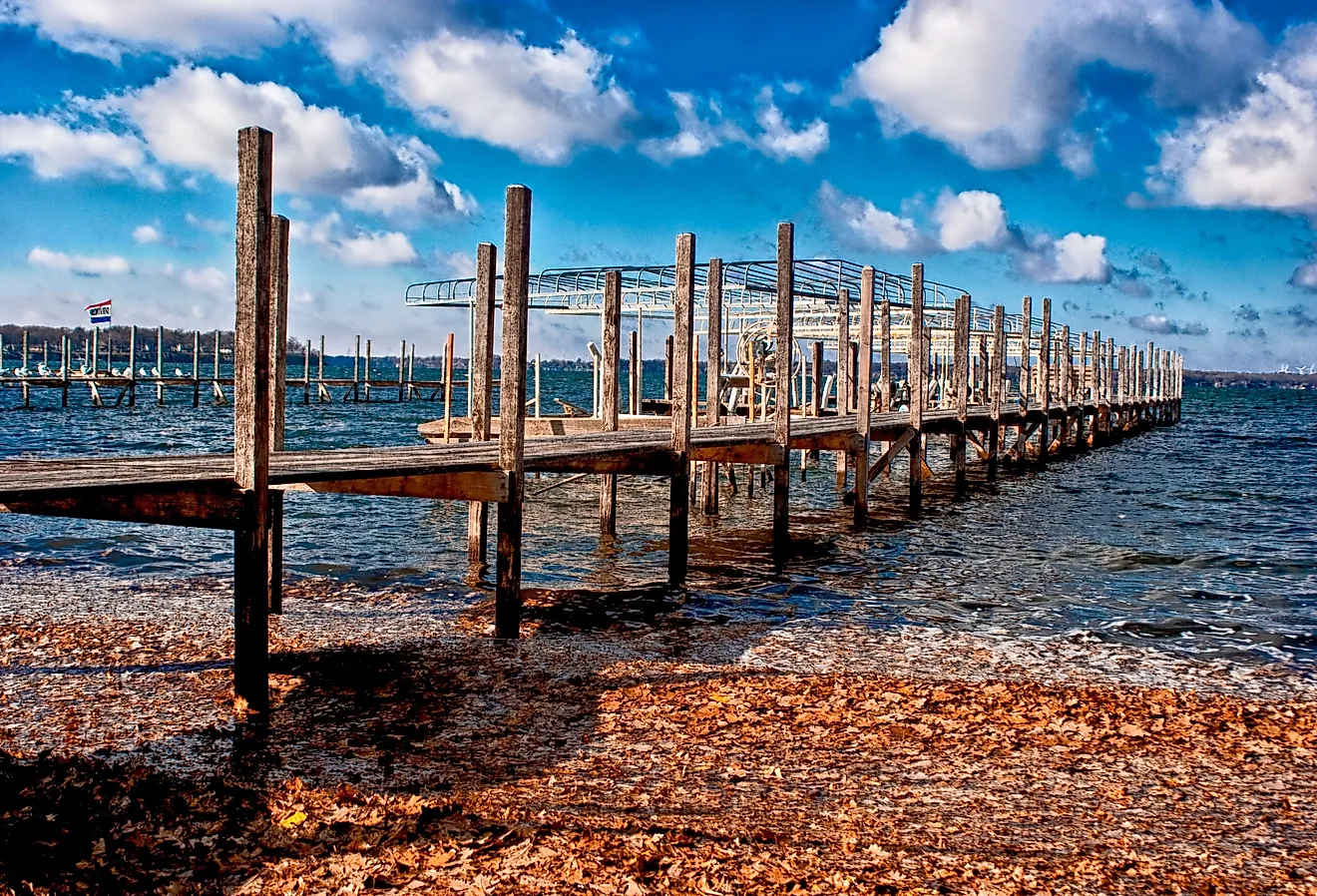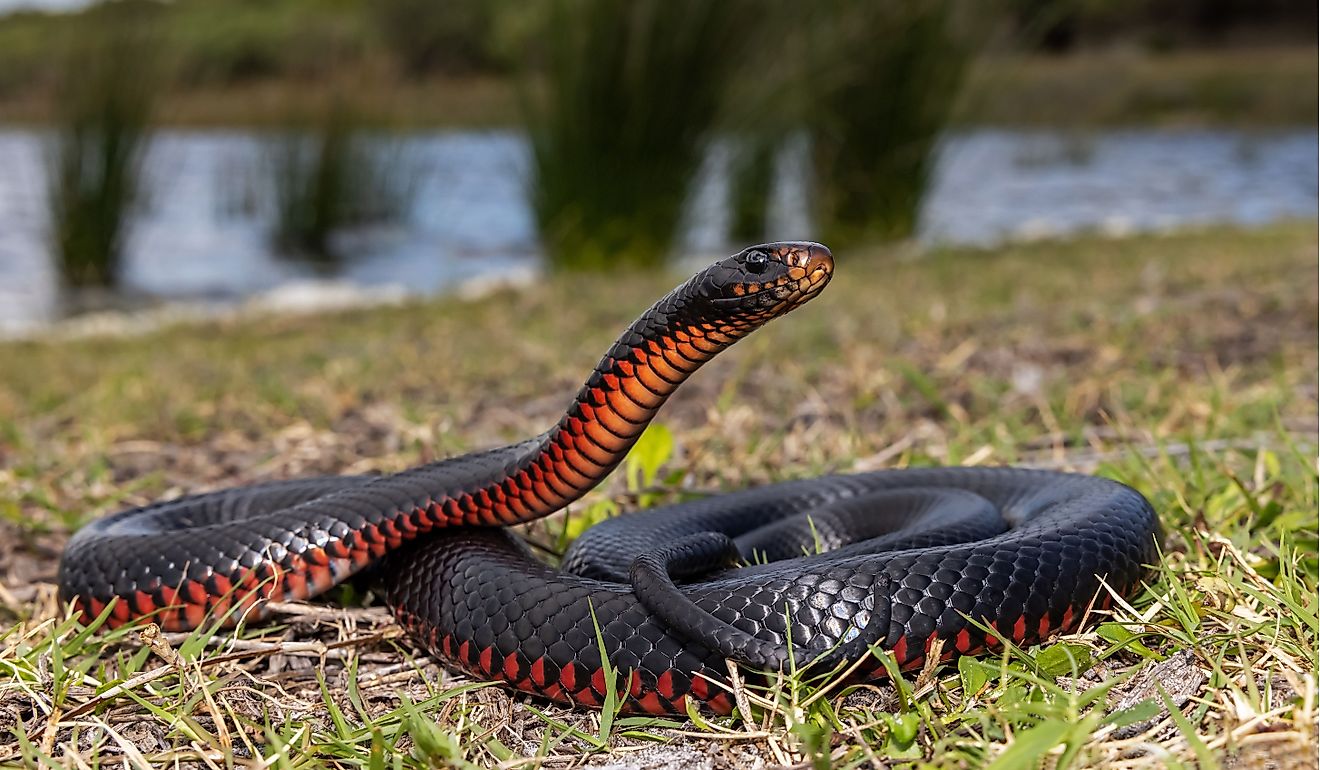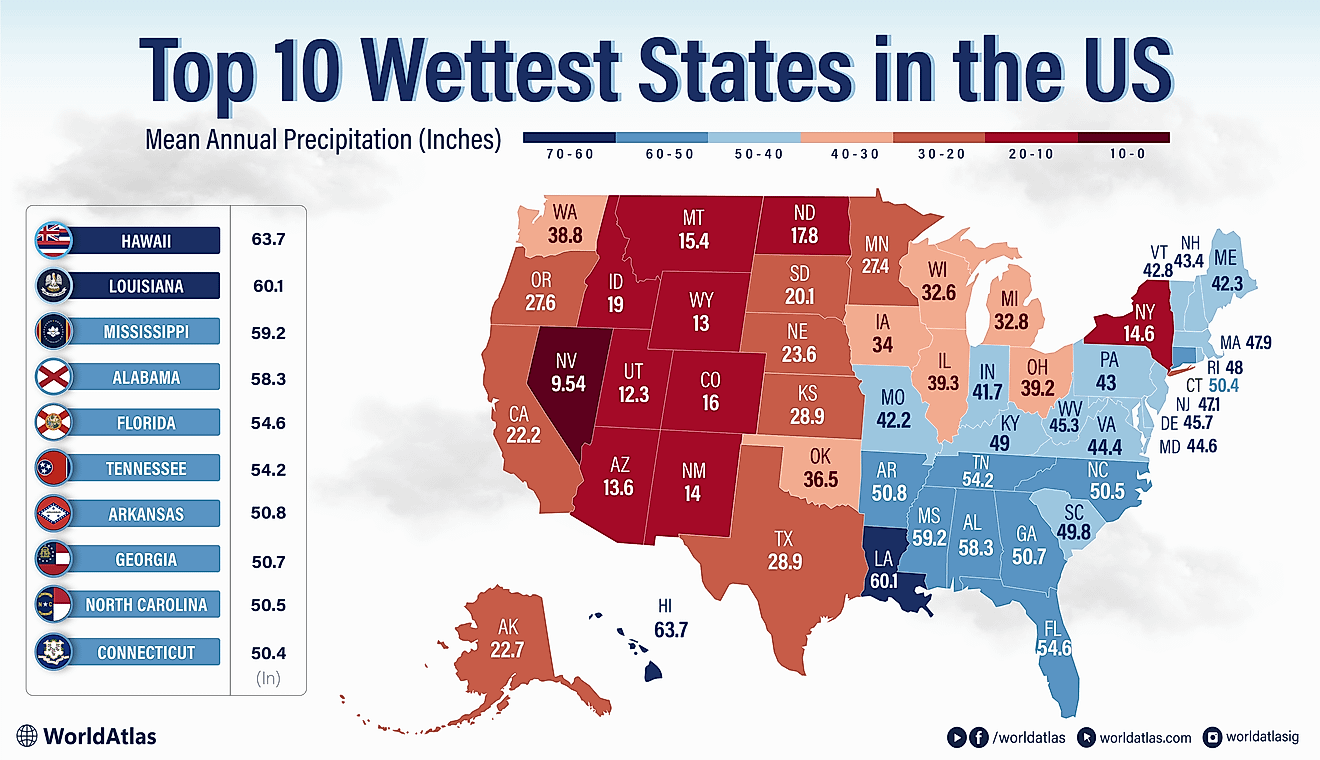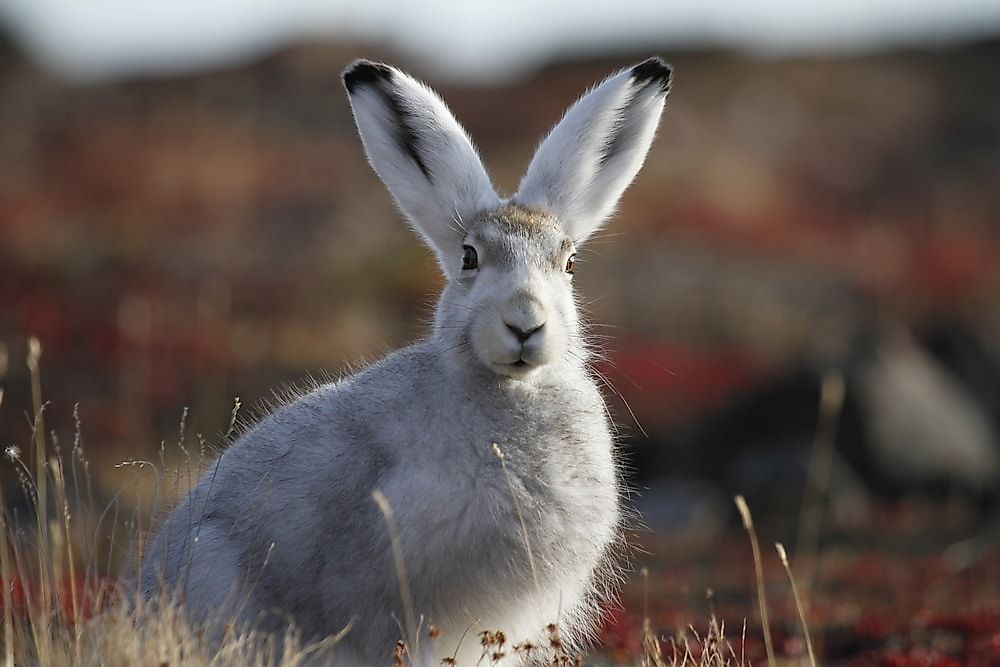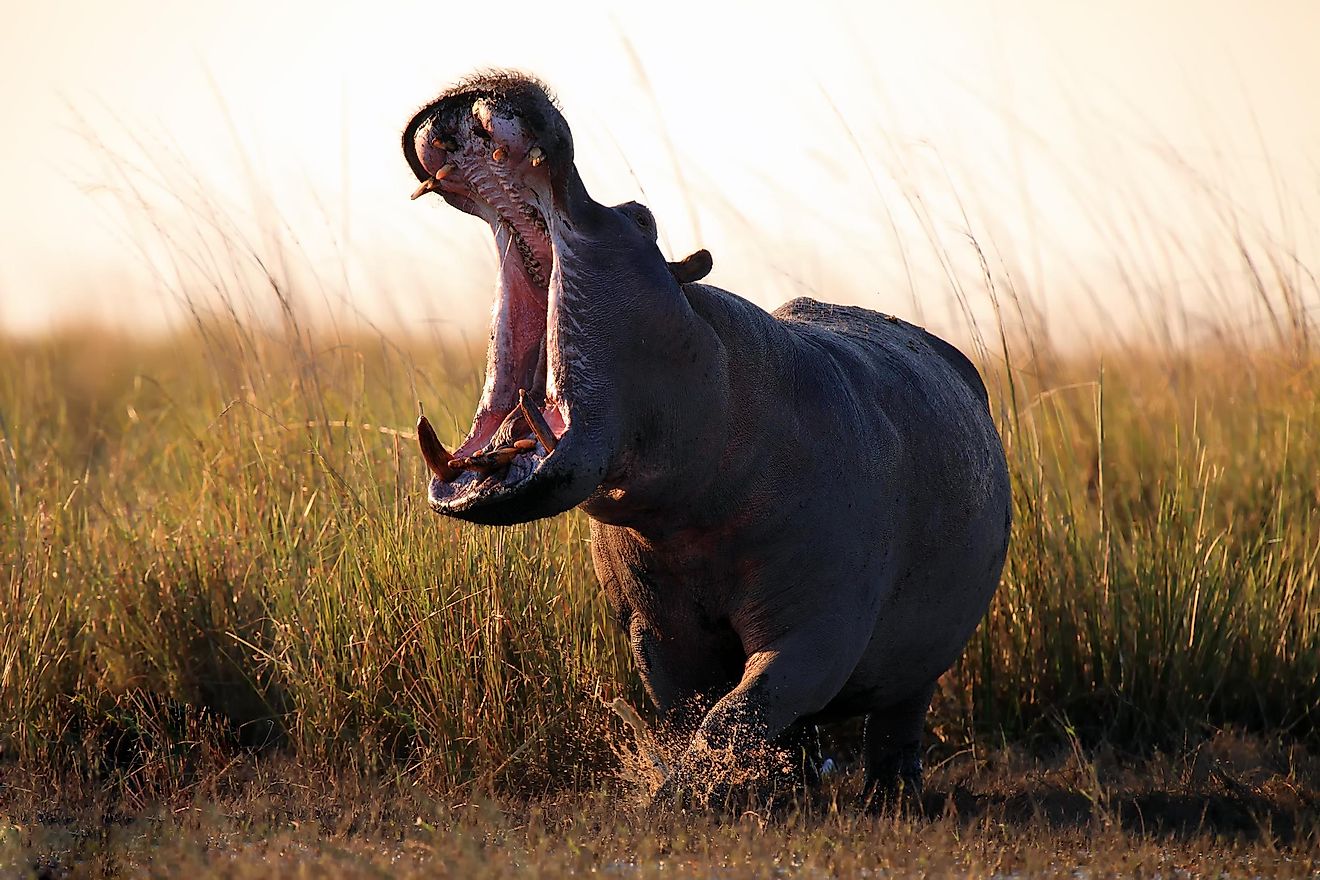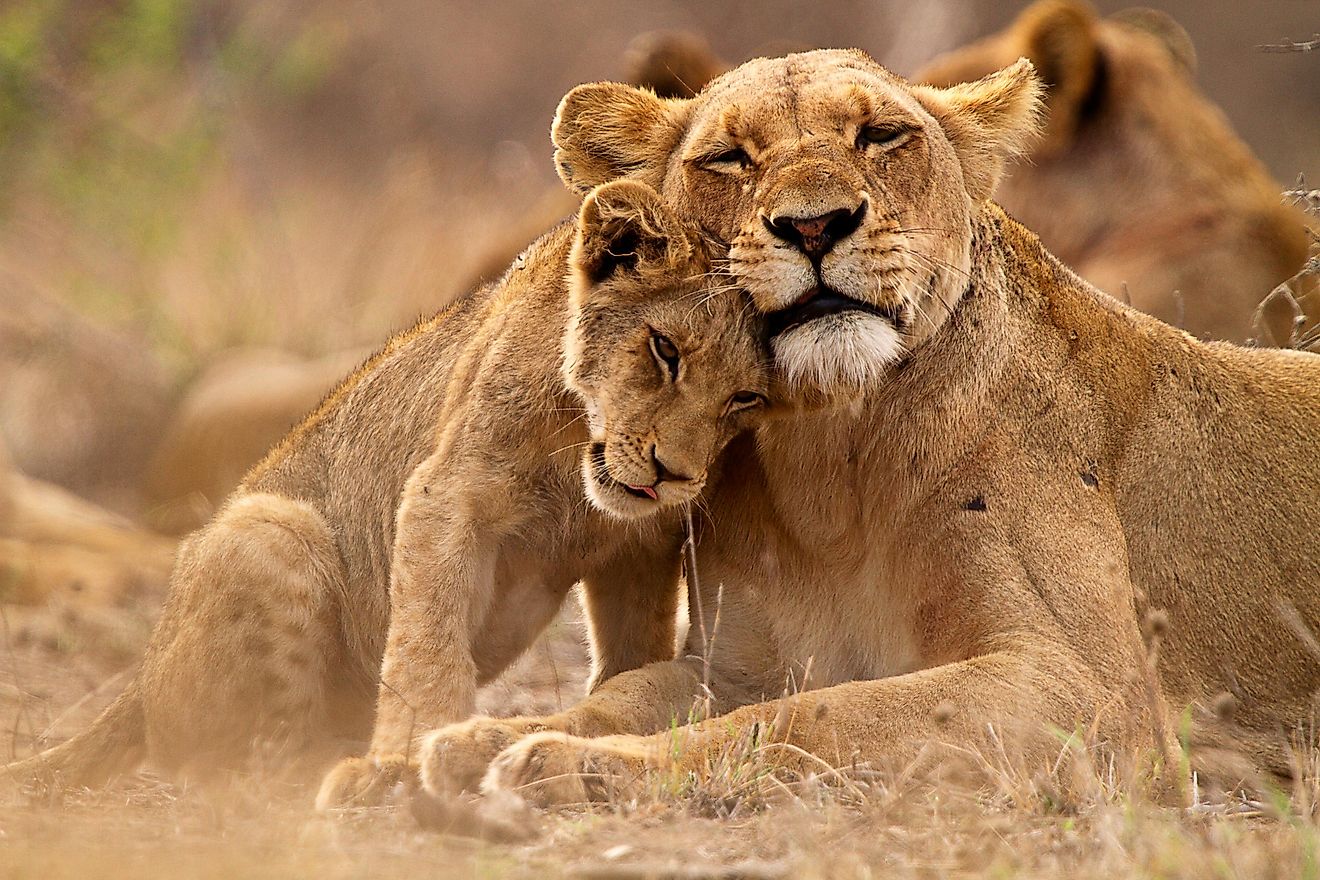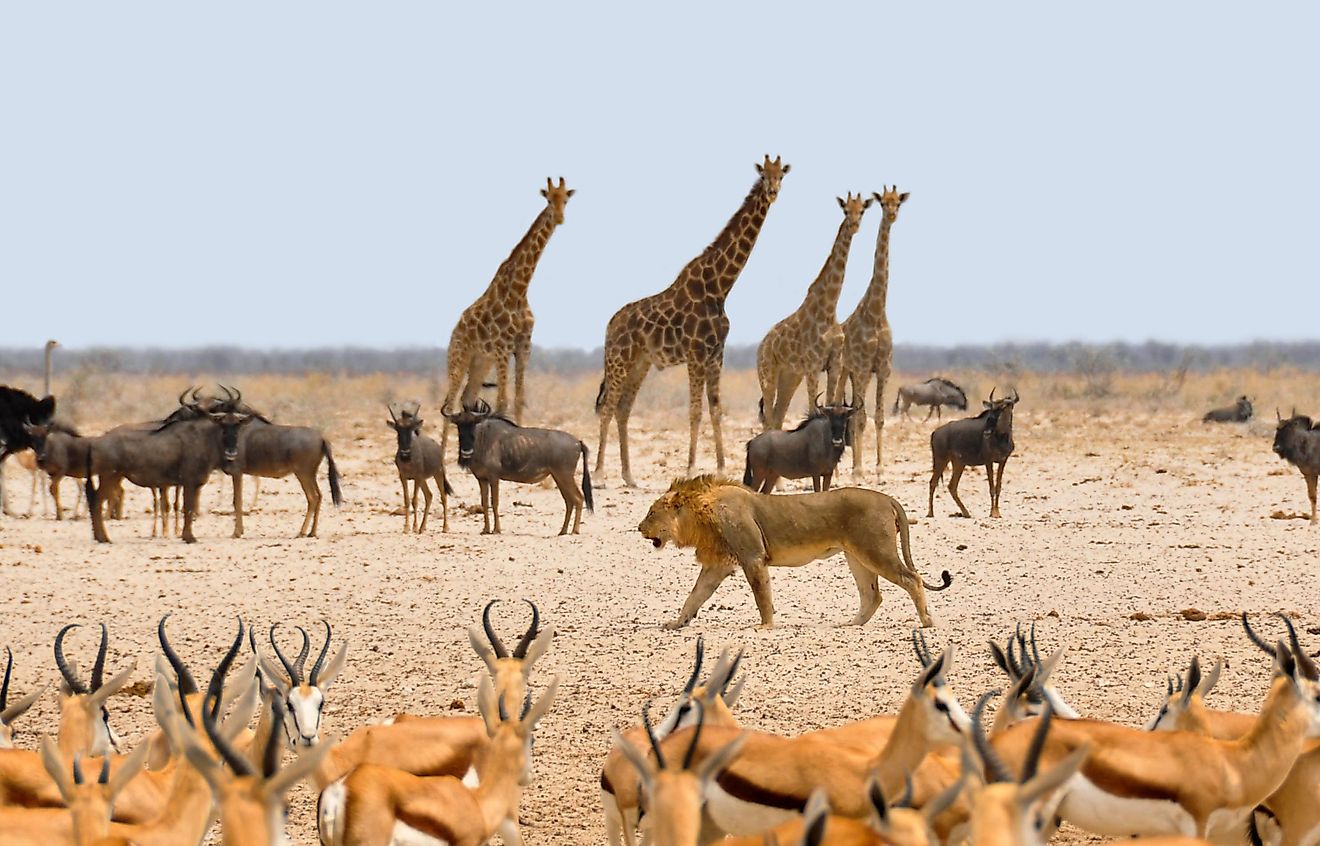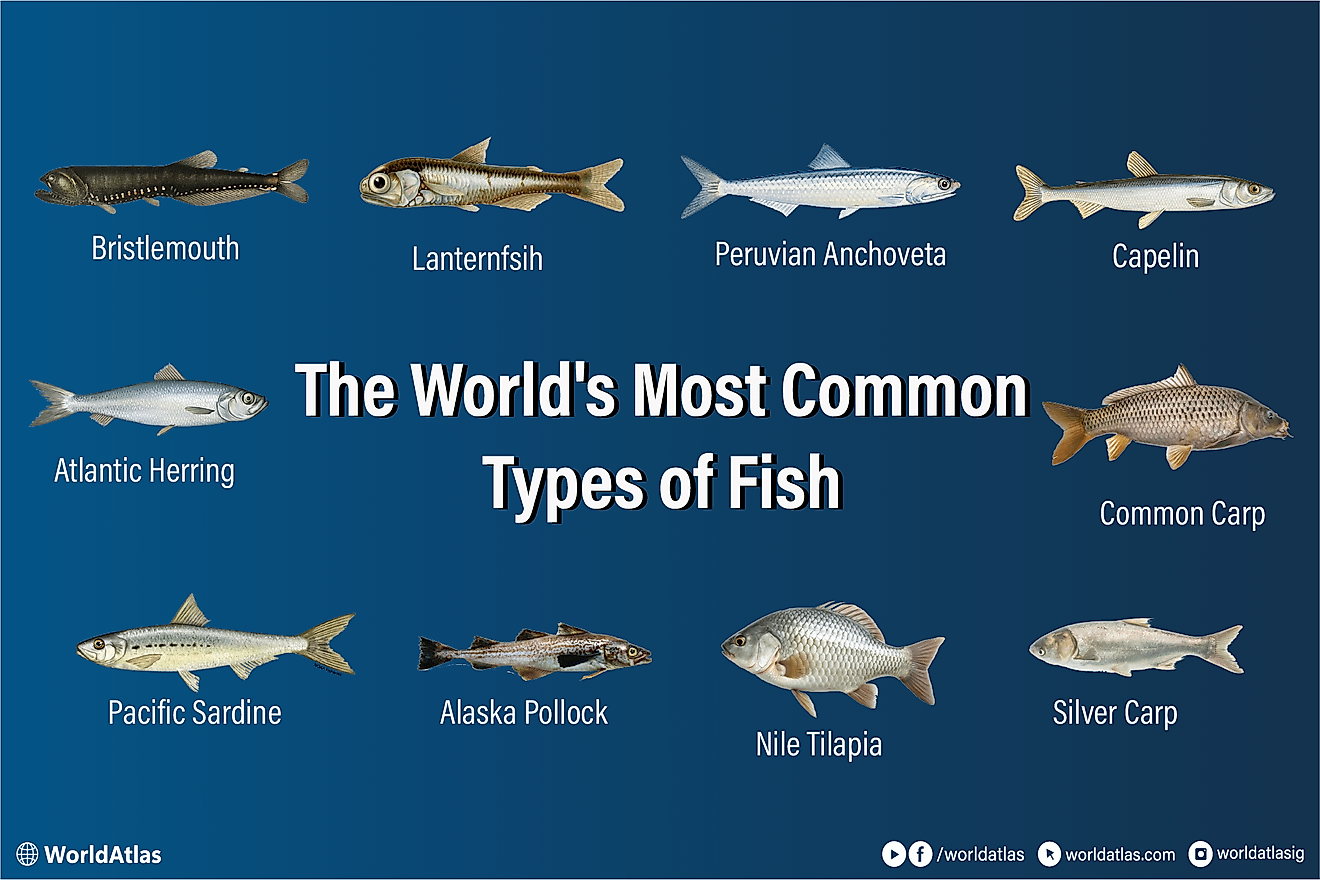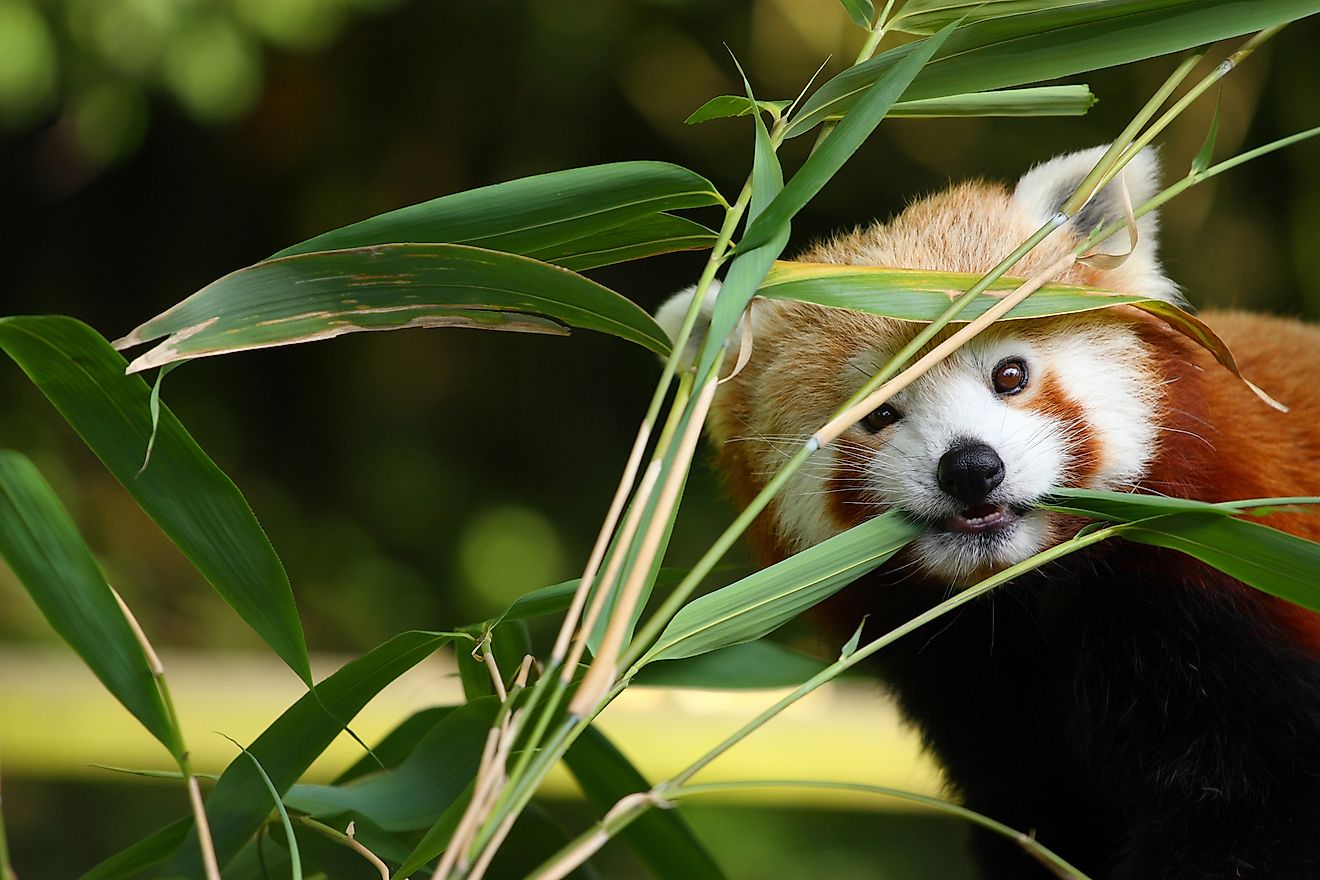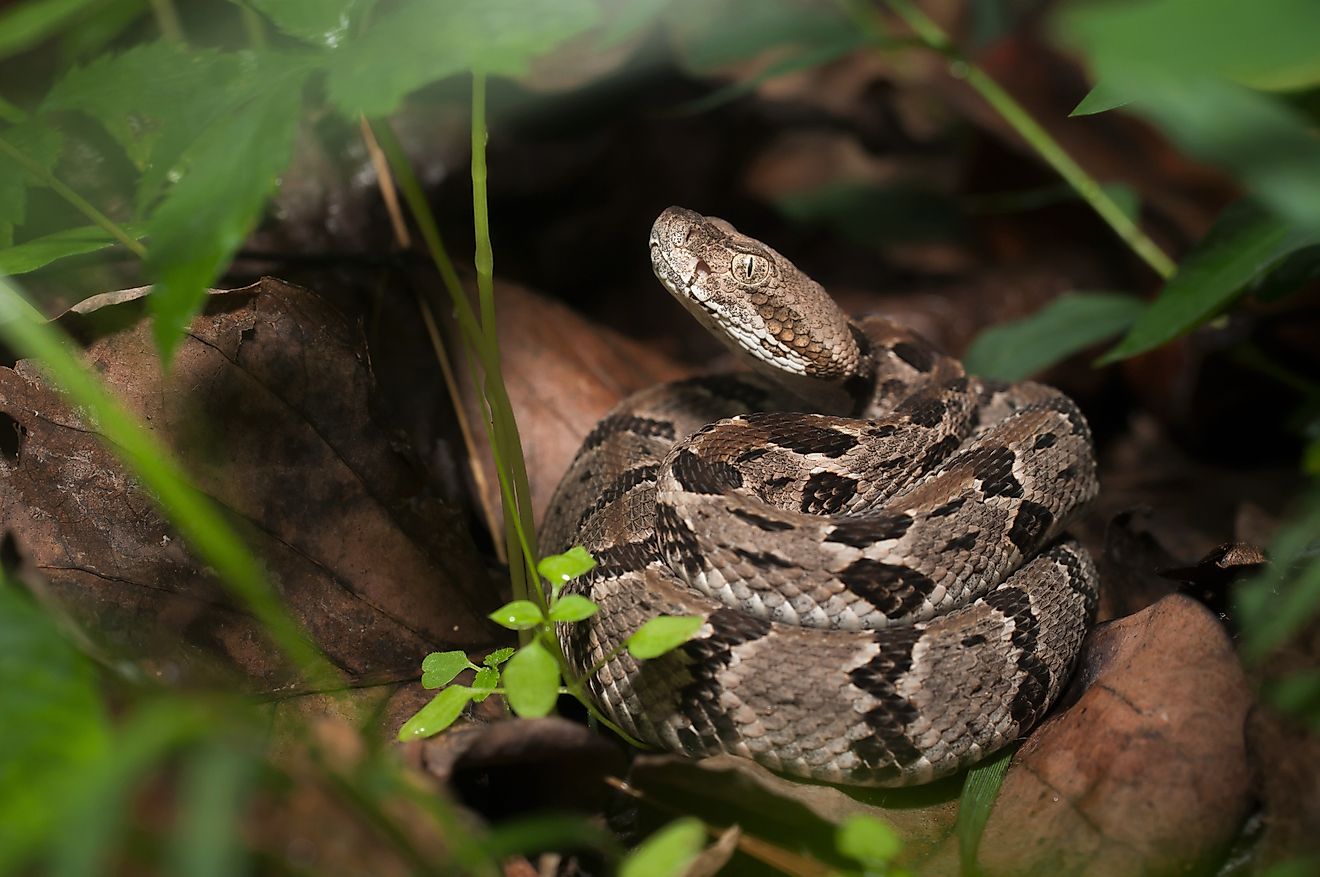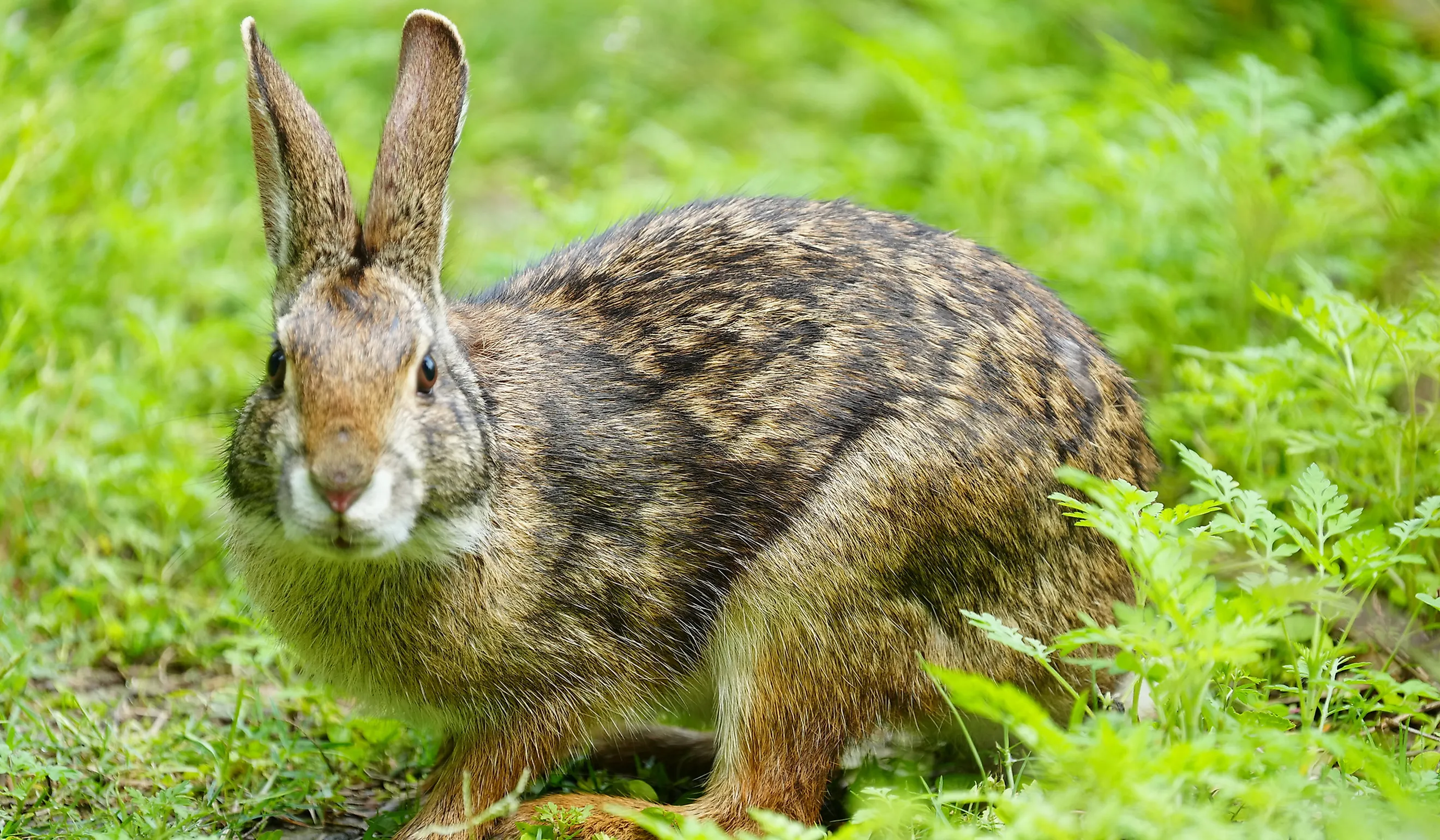
5 Endangered Animals Fighting For Survival In Indiana
Indiana is home to a wide range of native wildlife, but several species are now facing serious threats due to factors like habitat loss, disease, pollution, human activity, and more. From ancient fish to elusive mammals and vulnerable amphibians, these animals are struggling to survive in this changing Midwestern landscape. Today, we hope to highlight some of the most unique and endangered species in the state, and the efforts underway to protect and restore their populations.
Tri-colored Bat
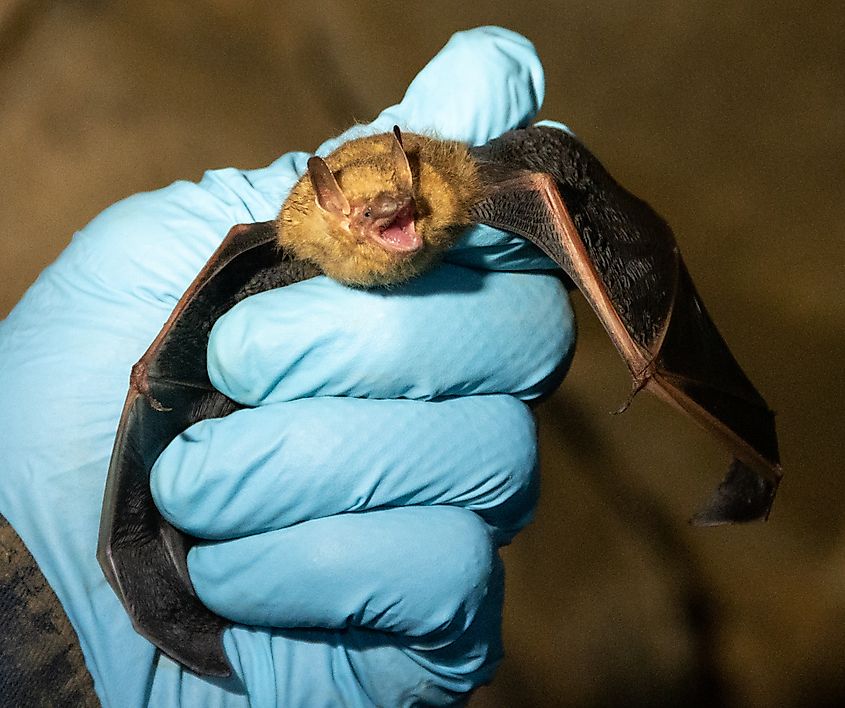
The tri-colored bat is one of Indiana’s most endangered mammals, primarily due to something called "white-nose syndrome," a fungal disease that has devastated bat populations across much of eastern North America. Once common throughout the state, this small bat is now rarely seen in areas it once occupied.
They are identifiable by their distinctive tri-colored fur pattern, which includes dark bases, lighter middle bands, and dark tips on individual hairs, and they weigh only around 4 to 10 grams. Tri-colored bats prefer forested habitats near water and roost in tree foliage during warmer months. In winter, it hibernates in caves and abandoned mines, making it especially vulnerable to white-nose syndrome.
The disease causes bats to awaken during hibernation, depleting fat reserves and leading to high mortality rates. Conservation efforts in Indiana now focus on various methods of disease management, habitat protection, and monitoring remaining populations. Without intervention, this species faces the risk of local extinction within the coming decades.
Trumpeter Swans
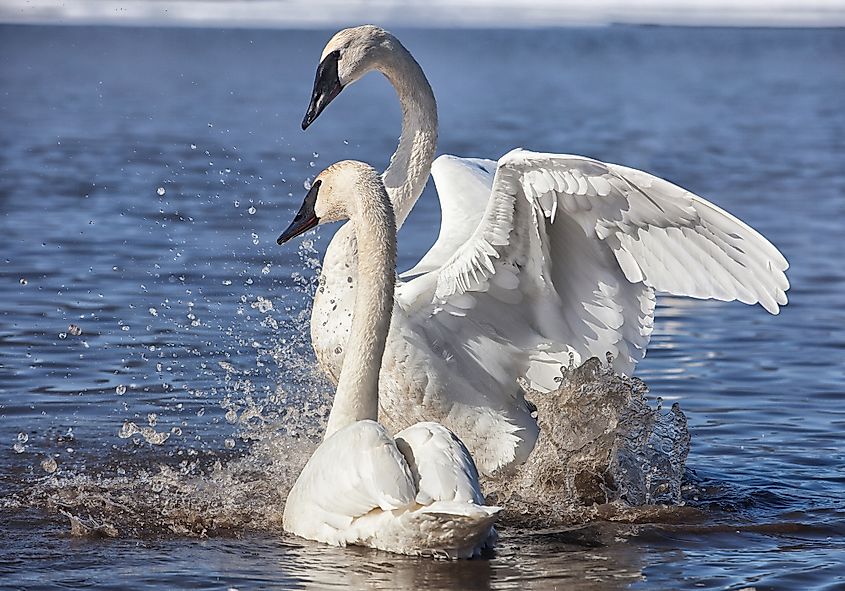
Trumpeter swans were once completely eliminated from Indiana due to overhunting and habitat loss, but have been gradually returning through conservation programs. As the largest native waterfowl species in North America, adults can weigh up to 30 pounds and have a wingspan sometimes exceeding 10 feet.
They prefer shallow wetlands, lakes, and marshes for breeding and feeding, and in Indiana, they are most commonly observed in the northern part of the state during migration and winter, though small breeding populations have begun to reestablish elsewhere, too. These swans feed primarily on aquatic vegetation and require undisturbed wetland habitats to thrive.
Although not federally listed as endangered, trumpeter swans are considered a species of special concern in Indiana due to their limited numbers and historic sensitivity to human disturbance. Ongoing wetland restoration projects and migratory bird protections have been essential for supporting their recovery.
Lake sturgeon
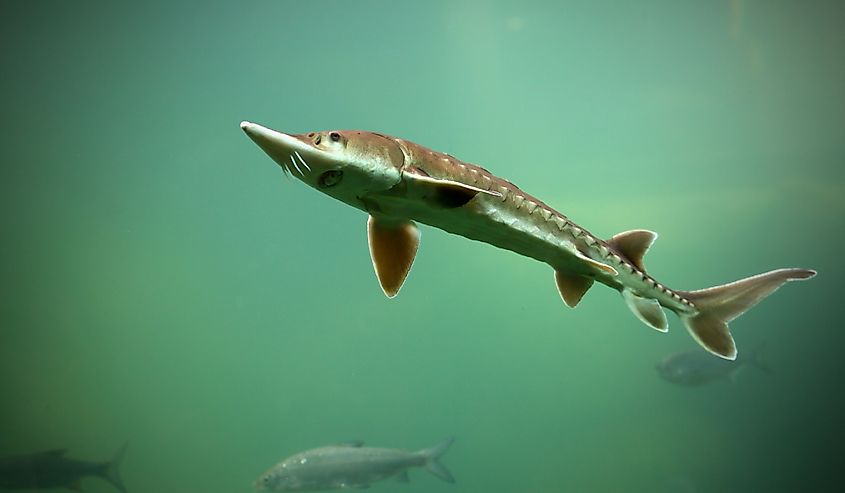
Lake sturgeon were once common in the Ohio River basin, but within Indiana, they are now reduced to a few remnant populations. Currently, the only known reproducing population in the state is in the East Fork White River, and Indiana’s Department of Natural Resources has partnered with federal and regional agencies to reintroduce sturgeon into suitable habitats.
This ancient, bottom-dwelling fish can grow over 7 feet long and weigh more than 200-300 pounds, with some individuals living over 100 years! They are characterized by their long, torpedo-shaped bodies covered in bony plates and distinctive shovel-like snouts. Lake Sturgeon require clean, fast-flowing rivers with gravel bottoms for spawning, and their decline in Indiana is linked to overfishing, pollution, and the construction of dams that block migration routes.
Plains Leopard Frog
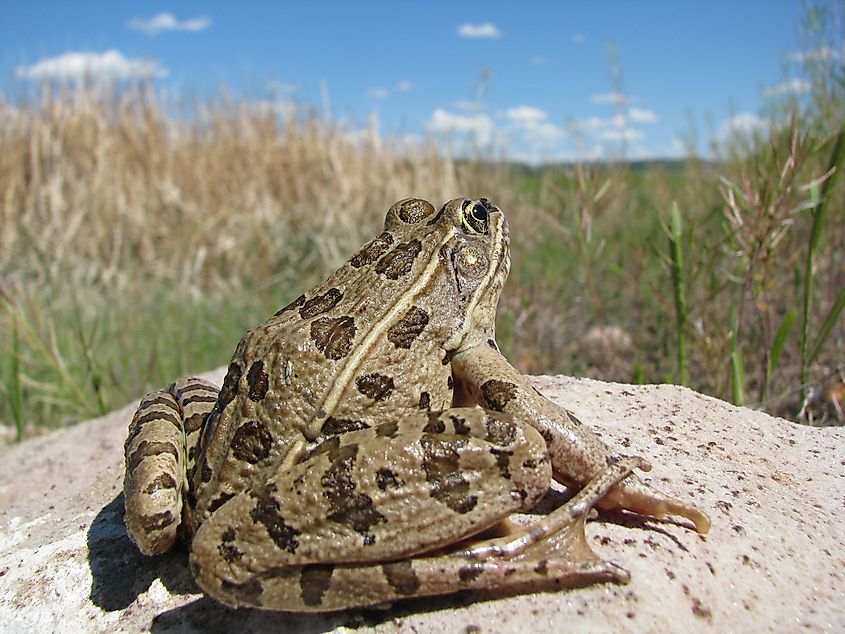
The plains leopard frog is considered a species of special concern, primarily found in the southwestern part of the state. This medium-sized frog is identifiable by its light brown or tan skin marked with distinct dark brown spots and a broken dorsolateral fold behind the eye, a key trait that separates it from similar species.
Prefering open, grassy habitats near temporary or slow-moving water bodies, plains leopard frogs are often found in places like ponds, ditches, and floodplain pools. They are most active from spring through early fall, breeding shortly after heavy rains.
Like a lot of animals on this list (and most endangered animals across the country, for that matter), habitat loss, pollution, and competition with other animals, in this case, more adaptable frog species, have contributed to their decline in Indiana. Because their breeding sites are often shallow and seasonal, they are particularly vulnerable to changes in land use and water availability, an issue as droughts become more common.
Swamp Rabbit
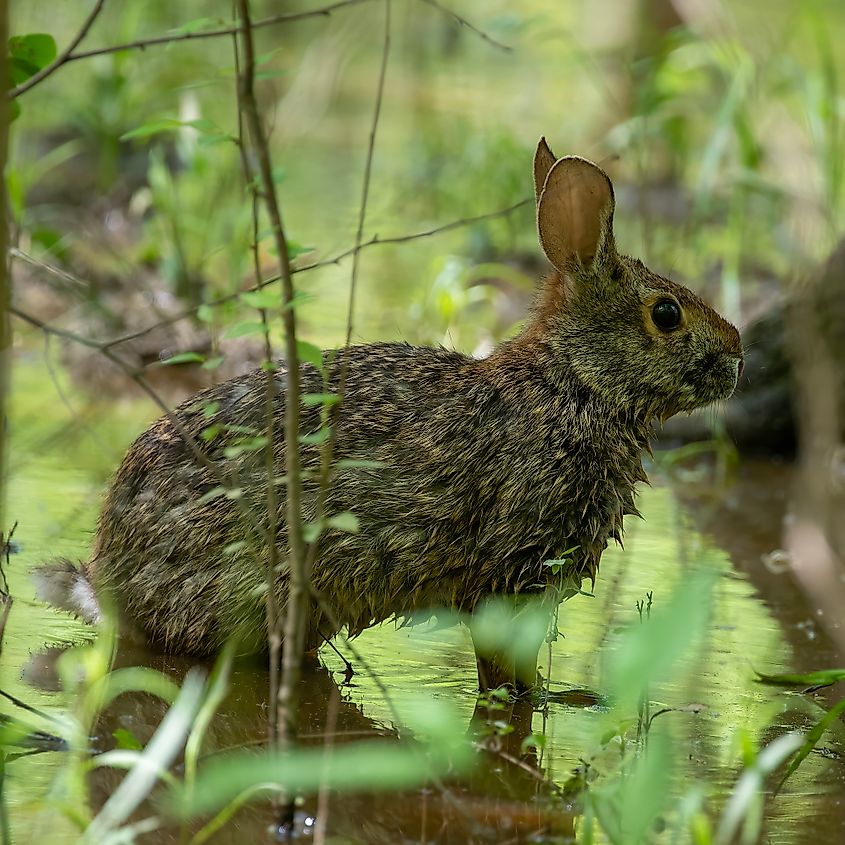
The largest cottontail species in North America, the swamp rabbit, struggles to survive in modern times in Indiana. Habitat loss due to drainage, human development, and agricultural operations has sharply reduced their numbers in the state, and conservation efforts have focused on protecting riparian corridors/restoring wetland habitats that support breeding and sheltering zones.
Uniquely, swamp rabbits are strong swimmers, likely due to their reliance on wet, brushy environments for cover and food, and unlike the more common eastern cottontail, they prefer dense vegetation near standing water. They primarily inhabit low-lying hardwood forests, wetlands, and dense thickets near rivers or swamps and are more reclusive in behavior. In Indiana, in particular, its range is limited to the extreme southwestern counties, where suitable habitat has become increasingly fragmented over the years.
Regular surveys have helped determine population status, but sightings remain rare. Without targeted habitat management, the swamp rabbit faces the continued risk of extirpation in the state, making it a high priority for localized conservation planning.
Help Spread Awareness of These Endangered Species
Protecting Indiana’s endangered species requires ongoing commitment to habitat preservation, scientific research, and public awareness; this article hopefully serves as the latter. Each animal mentioned above plays a role in this Midwestern state’s ecological balance, and losing them would mean yet another drop in biodiversity, signaling a broader environmental decline that is unfortunately going on across the country. By supporting conservation efforts, or at least being aware of them, you too can help ensure that these rare species continue to have a place in the state’s natural heritage.
